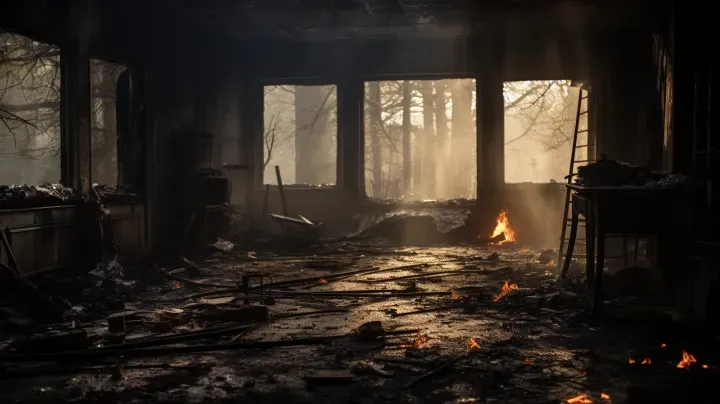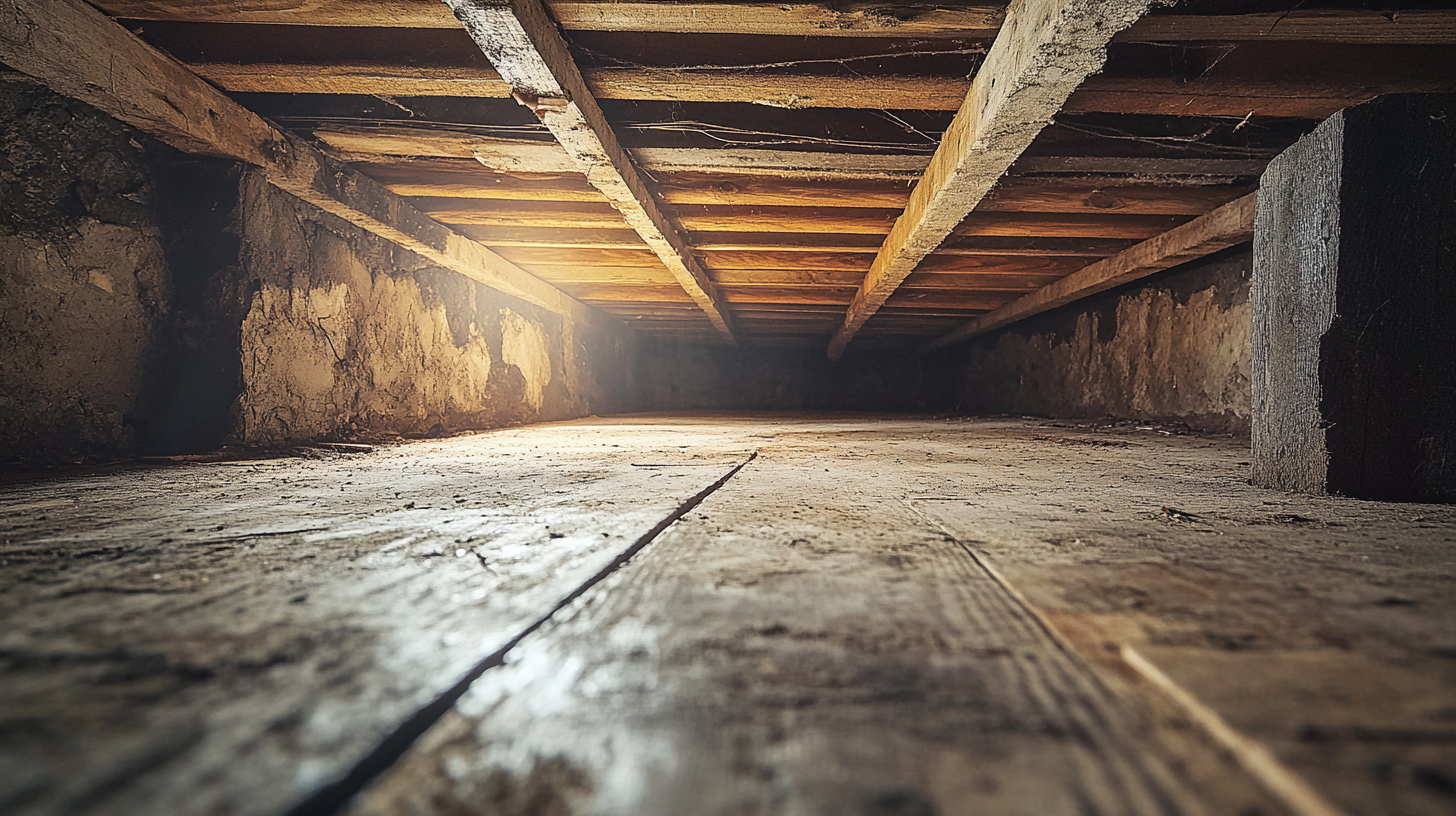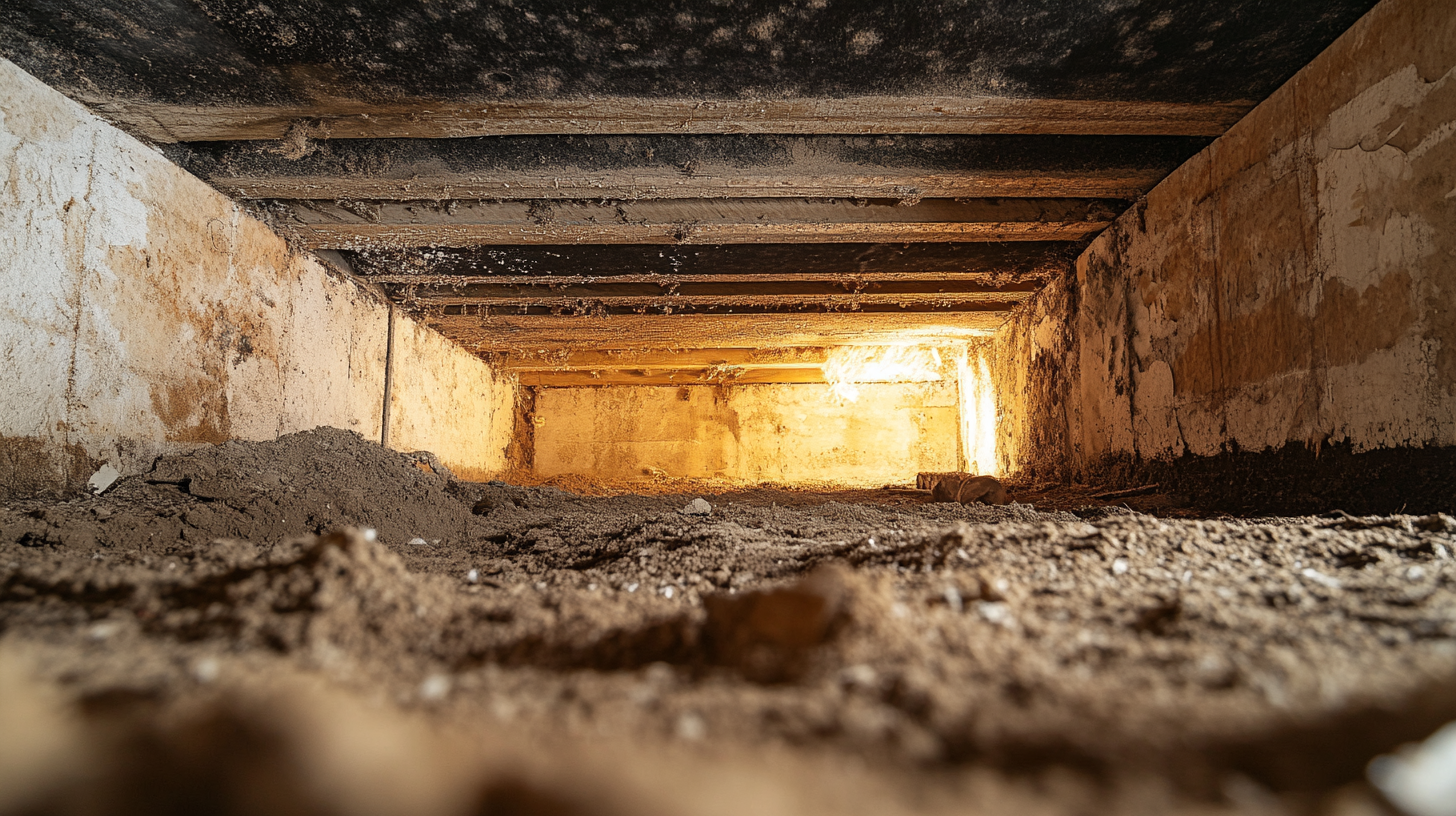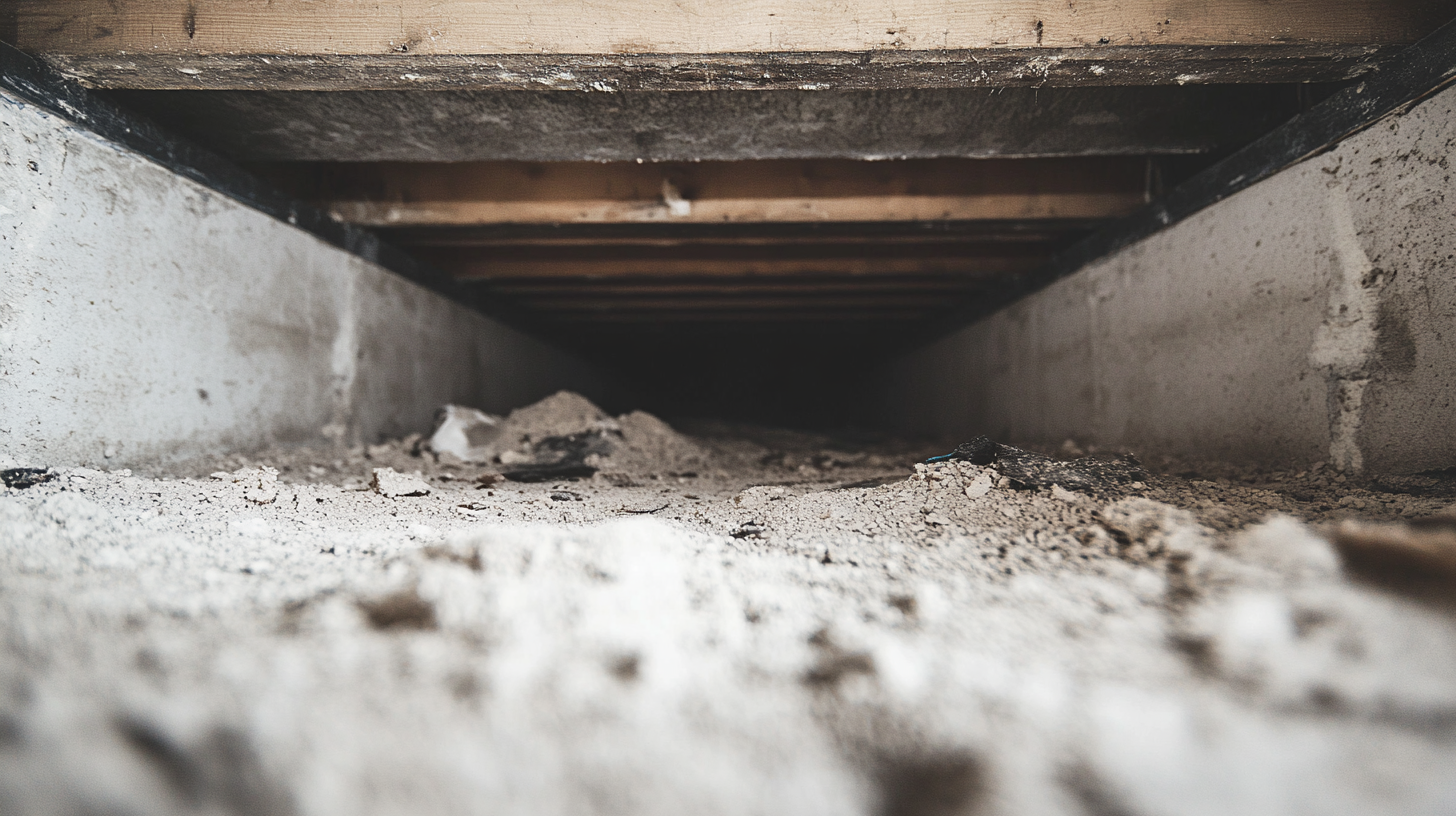Restoring Smoke-Damaged Clothing

Smoke damage to clothing is a common yet often overlooked consequence of various incidents, ranging from household fires to environmental factors. This blog aims to shed light on the typical causes of smoke damage to clothing and underscore the importance of prompt and appropriate restoration techniques.
Smoke damage to clothing can arise from several sources. Household fires, whether small kitchen mishaps or more significant incidents, are a primary cause. However, smoke damage can also occur from external sources like wildfires or even prolonged exposure to cigarette smoke. Each of these sources not only leaves a distinct odor but can also impregnate fabrics with harmful particles and residues.
The restoration of smoke-damaged clothing is not just about removing odors and visible marks; it's about preserving the integrity of the fabric and ensuring that the clothing is safe to wear. Timely and proper restoration techniques are crucial in achieving this. Delayed or improper cleaning methods can lead to the setting of odors and stains, making the restoration process more difficult and sometimes impossible.
In the following sections, we will delve into the various causes of smoke damage to clothing and explore effective restoration techniques. Understanding these aspects is key to salvaging your valued garments and maintaining a safe, clean wardrobe.
Understanding Smoke Damage on Clothing
Smoke damage on clothing can be a complex issue, with the type of damage varying depending on the source of the smoke. Understanding these differences is crucial for effective cleaning and restoration. This section aims to elucidate the different types of smoke damage and guide you on how to assess the severity of damage on various fabric types.
Types of Smoke Damage
Different fire sources lead to distinct types of smoke damage on clothing:
- Wood Fire Residue: Smoke from wood fires typically leaves a dry, sooty residue. This type of soot can often be brushed off but may leave a smoky odor and sometimes a yellowish-brown stain on fabrics.
- Protein Fire Residue: Protein fires, such as those from burning food, produce a greasy and pungent residue. This type of smoke damage is more challenging to clean due to the oily nature of the residue, which can deeply penetrate fabrics.
- Synthetic Fire Residue: Fires involving synthetic materials can create a thick, black residue. This type of smoke damage is characterized by acrid odors and stubborn, oily soot that can be particularly difficult to remove from synthetic fabrics.
Assessing the Severity of Damage
Determining the extent of smoke damage involves several considerations:
- Visual Inspection: Look for visible soot or staining on the fabric. Darker, more concentrated soot indicates a higher level of damage.
- Odor Assessment: Smell the clothing for any signs of lingering smoke odor. A strong odor suggests a more severe level of contamination.
- Fabric Type and Color: Consider the type of fabric and its color. Delicate fabrics and lighter colors tend to show smoke damage more prominently and may require more careful cleaning.
- Testing Cleanability: Perform a spot test on a small, inconspicuous area of the garment to assess how well the smoke residue can be removed. This will help in determining the appropriate cleaning method.
- Professional Evaluation: In cases of severe damage, or if you're unsure about the extent of the damage, consider consulting a professional. They can provide a more accurate assessment and advise on the best course of action.
Pre-Treatment Steps
Before diving into the cleaning process for smoke-damaged clothing, it's essential to take certain pre-treatment steps. These steps are crucial for ensuring safety and for making the cleaning process more efficient and effective. This section will cover the necessary safety measures and provide guidance on how to assess and sort smoke-damaged clothing.
Safety Considerations
Safety Measures to Take Before Handling Smoke-Damaged Clothing:
- Wear Protective Gear: Before handling smoke-damaged clothing, wear protective gloves, a mask, and possibly goggles, especially if you are sensitive to smoke particles or odors.
- Ensure Good Ventilation: Work in a well-ventilated area to avoid inhaling any particles or fumes released from the smoke-damaged fabrics.
- Avoid Eating or Drinking Near Damaged Clothing: To prevent accidental ingestion of smoke particles, do not eat or drink in the area where you are handling the damaged clothing.
- Wash Hands Thoroughly After Handling: After handling smoke-damaged items, wash your hands thoroughly to remove any residues.
Initial Assessment and Sorting
Tips on Sorting Clothing Based on Fabric Type and Damage Level:
- Examine Each Item: Look at each piece of clothing to assess the level of soot, staining, and odor. Check for any visible damage or discoloration.
- Sort by Fabric Type: Separate clothing into categories based on fabric type. Delicate fabrics like silk or wool may require different treatment than more robust materials like cotton or synthetic blends.
- Consider the Severity of Damage: Group items by the severity of smoke damage. Heavily soiled or odorous items might need more intensive treatment than those with light soot or odor.
- Set Aside Non-Washable Items: Identify items that are dry clean only or have special care instructions. These may need to be treated by professionals.
- Pre-Treat Stains: For items with visible soot stains, gently brush off the excess soot and consider applying a pre-treatment solution suitable for the fabric type before washing.
DIY Cleaning Techniques for Smoke-Damaged Furniture
Dealing with smoke-damaged clothing can be challenging, but with the right DIY methods, you can effectively remove soot, ash, and odors. This section will guide you through various techniques for cleaning and restoring your smoke-damaged garments.
Removing Soot and Ash
Properly removing soot and ash is the first step in treating smoke-damaged clothing:
- Gentle Shaking and Vacuuming Techniques: Start by gently shaking the garments outdoors to remove loose soot. Use a vacuum cleaner with an upholstery attachment to gently vacuum the fabric, holding the nozzle slightly above the garment to avoid pushing soot deeper into the fibers.
- Precautions to Avoid Pushing Soot Deeper into Fabrics: Avoid rubbing the fabric, as this can embed the soot further. If using a brush, opt for a soft-bristled one and brush lightly.
Washing and Deodorizing Techniques
Once the loose soot is removed, proceed to washing and deodorizing:
- Appropriate Detergents and Additives for Smoke Odor Removal: Use a detergent formulated for smoke damage if available. You can also add a cup of vinegar to the wash cycle, as vinegar is effective in neutralizing odors.
- Recommended Water Temperatures and Washing Cycles: Use the warmest water temperature safe for the fabric. Opt for a gentle cycle to prevent the fabric from being agitated too vigorously, which can embed soot particles deeper.
Special Care for Delicate Fabrics
Delicate fabrics require special attention:
- Handling Materials Like Silk, Wool, and Leather: For delicate materials like silk and wool, hand wash gently using a mild detergent. Leather should be cleaned with a cleaner specifically designed for leather. Test any cleaner on a small, inconspicuous area first.
- When to Opt for Professional Cleaning Services: If the garment is particularly valuable or if you are unsure about the correct cleaning method, it's best to opt for professional cleaning services. Professionals have the expertise and equipment to handle delicate fabrics without causing damage.
Tackling Stubborn Smoke Odors in Clothing
Removing stubborn smoke odors from clothing can be challenging, but with the right techniques, it's possible to restore freshness to your garments. This section explores both natural remedies and commercial products for effectively eliminating smoke odors from clothing.
Natural Remedies
Several natural methods can be effective in neutralizing smoke odors:
Use of Baking Soda, Vinegar, and Activated Charcoal:
- Baking Soda: Sprinkle baking soda on the garments and let them sit in a sealed bag or container for several days. Baking soda absorbs odors effectively.
- Vinegar: Add a cup of white vinegar to the wash cycle. Vinegar is a natural deodorizer and can help in breaking down smoke molecules.
- Activated Charcoal: Like baking soda, activated charcoal can absorb odors. Place garments in a sealed container with a bowl of activated charcoal for a few days.
- Sunlight and Fresh Air as Natural Deodorizers:
- Hanging smoke-damaged clothing outside in sunlight and fresh air can significantly help in reducing odors. The UV rays from the sun and the fresh air work together to naturally neutralize and dissipate smoke odors.
Commercial Odor Removal Products
For more persistent odors, commercial deodorizers can be more effective:
Recommendations for Effective Commercial Deodorizers:
- Look for commercial odor eliminators specifically designed for smoke odors. Products like Febreze, Ozium, or other smoke odor-specific sprays can be effective.
- Enzyme-based cleaners can also be beneficial as they break down the smoke odor molecules.
- Always follow the manufacturer’s instructions for application and test the product on a small, inconspicuous area of the garment first to ensure it does not cause any damage.
When to Seek Professional Restoration Services
While DIY methods can be effective for treating smoke-damaged clothing, there are situations where professional restoration services are necessary. Understanding when to call in the experts and how to choose the right service can make a significant difference in the outcome of the restoration process.
Limitations of Home Cleaning
Identifying Situations Where Professional Intervention is Necessary:
- Extensive Damage: If the clothing has been heavily affected by smoke, especially from prolonged exposure or a large fire, professional cleaning may be required to fully restore the items.
- Delicate Fabrics: Items made from delicate fabrics like silk, wool, or leather often require specialized cleaning methods that only professionals can provide.
- Persistent Odors: If smoke odors persist after multiple home cleaning attempts, it indicates the need for more advanced deodorizing techniques available with professional services.
- Health Concerns: In cases where there are health concerns, such as respiratory issues or allergies, professional cleaning ensures the complete removal of harmful particles and residues.
Selecting a Professional Cleaning Service
Criteria for Choosing a Reliable and Experienced Cleaning Service:
- Certification and Experience: Look for a service with certifications from reputable organizations like the Institute of Inspection, Cleaning and Restoration Certification (IICRC). Experience in dealing with smoke-damaged clothing is also crucial.
- Techniques and Equipment: Ensure the service uses appropriate techniques and equipment for smoke damage restoration. They should have a range of methods available to treat different types of fabrics and damage.
- Customer Reviews and References: Check customer reviews and ask for references to gauge the service’s reliability and quality of work.
- Insurance and Guarantee: A reputable service should have insurance to cover any potential damages during the cleaning process. A satisfaction guarantee is also a sign of their commitment to quality service.
- Transparent Pricing: Look for a service that provides clear, upfront pricing without hidden fees. They should be willing to provide a detailed quote after assessing the damaged items.
FAQs
Contact Fast Response Cleaning & Restoration Today!
Fast Response Cleaning & Restoration will do everything we can to ensure your experience with us is excellent.
Request A FREE Estimate
Request A FREE Estimate Form
CHECKOUT RECENT POST



Have an Emergency? We're Here to Help!
When it comes to disaster cleanup, we are a seasoned veteran in the industry and have helped hundreds of property owners just like you.
Our disaster recovery teams are available 24-7 to quickly clean up and repair disasters of all types.
